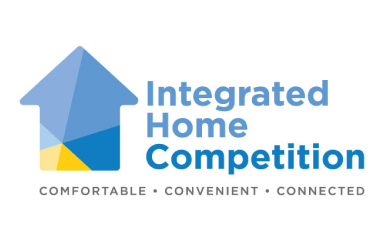

As the utility system develops and distributed energy resources proliferate, the time, durational and locational value of energy increases. Extreme weather events, aging infrastructure, difficulty siting new transmission and other challenges can contribute to system reliability. At the same time, communication technology is developing at a rapid pace and sensors and chips are being embedded in an astonishing variety of products. How can members leverage this inflection point to better serve their customers and society?
CEE recognized the possibilities of working together with manufacturers, trade associations, technology companies and others more than a decade ago. What began as the connected committee, gathering members to discuss and plan for utilizing CEEs unique position in the Internet of Things era, has developed into a full blown initiative. In addition to thoughtful engagement with traditional partners, CEE Board members and staff have also cultivated relationships with influencers in the technology space through venues like the Consumer Electronics show in Las Vegas, NV.
Additionally, the incredibly successful Lighting For Tomorrow Competition was expanded and re-envisioned as the Integrated Home Competition, with a wider scope to encourage manufacturers to develop and offer cutting edge products and services that support the Integrated Home.
The CEE Integrated Home Initiative was launched in 2021. This cross-cutting initiative seeks to optimize value for both customers and utility systems. The integrated home tunes operation to consumer needs in light of value of energy at varying times and locations across utility systems. The home responds to utility signals allowing CEE members to manage to their core mission without compromising consumer amenity, and while optimizing performance to minimize customer and system costs. As sensors and chips are increasingly embedded in energy consuming products and wireless communications become more common, if configured accordingly, there is great potential value for shared benefit.
This is the promise of the CEE Integrated Home: A fuel-neutral platform that leverages the potential of enabled, connected products to integrate for measurable customer, utility, and environmental benefits.
Find out more about the CEE Integrated Home.